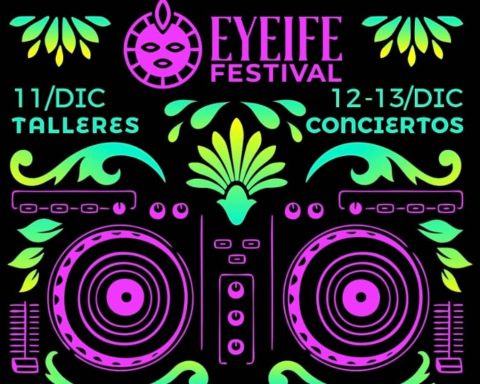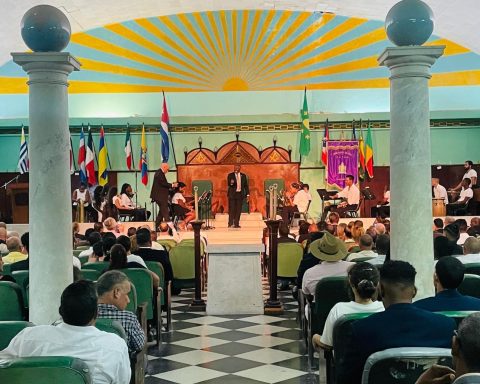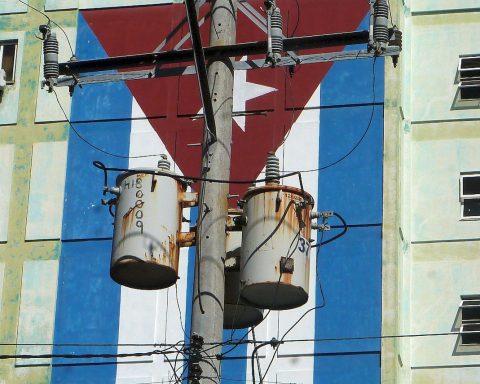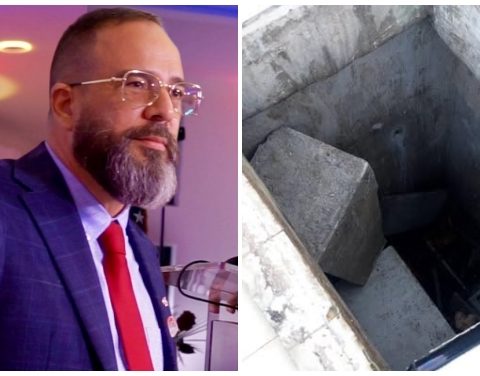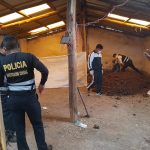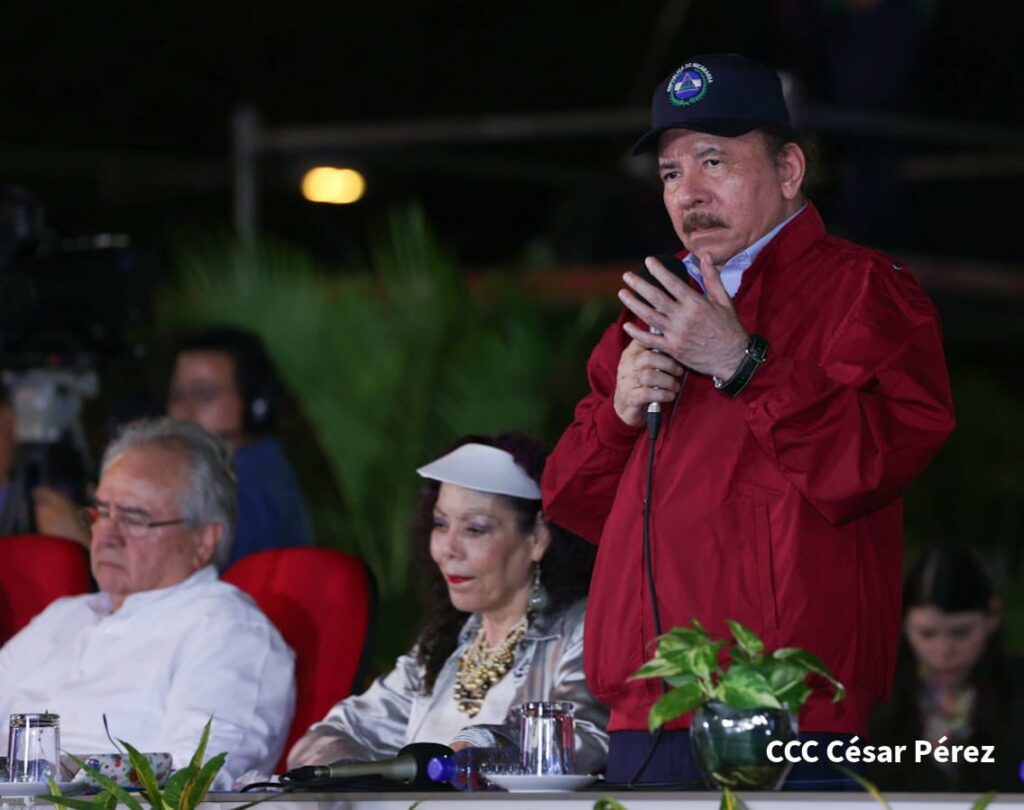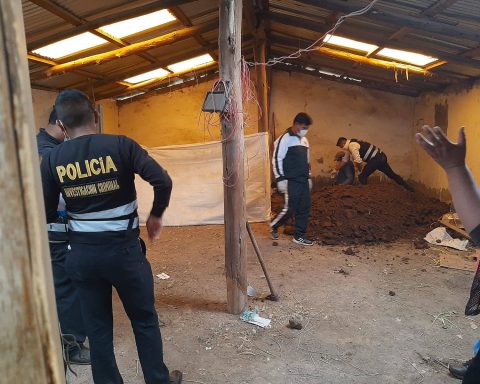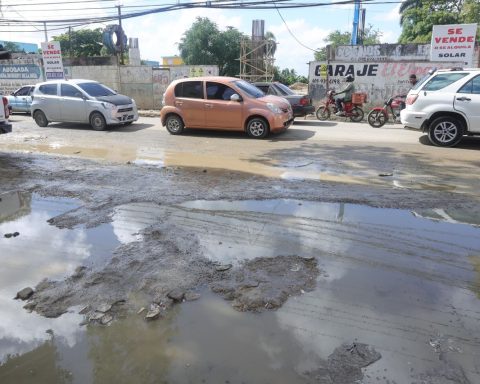HAVANA, Cuba.- Apart from some very specific architectural landmarks, such as the Coppelia ice cream parlor, the Cuba Pavilion, the Convention Center and the Velasco House of Culture (Holguín), the constructions of appreciable quality built after 1959 are the ones that they still survive in the “Repartos Pastorita”, scattered throughout the country and named after their promoter, Pastora Núñez, one of the few women who shone in the initial years of Fidel Castro’s Revolution.
Unlike many upstarts, Pastorita accumulated an important history of social struggle, which began when she was barely twelve years old and accompanied her father to protests against the government of Gerardo Machado. He was a member of the Orthodox Party and, later, of the July 26 Movement. Due to his honesty, courage and diligence, he earned the trust of the dictator Fidel Castro in the final stage of the struggle in the Sierra Maestra and in the first years of the revolutionary transformation.
Between 1959 and 1962 he assumed the direction of the National Institute of Savings and Housing (INAV), which would be in charge of financing the construction of social housing with the funds from the income of the National Lottery, eliminated by Castro. Pastora Núñez set out to promote a program for the construction of houses and apartment buildings for the new society, where everyone would have access to a comfortable home. Under her supervision, the “Camilo Cienfuegos” Neighborhood Unit was completed in the Habana del Este municipality, perhaps the best designed urbanization of the socialist era.
Just twenty minutes from the center of the capital, small and medium-sized buildings with two or three-bedroom apartments were inserted into a system that harmoniously articulated the construction elements with the nature of the area, promoting pedestrian and vehicular circulation, as well as access to basic services: markets, hospitals and recreational areas.
The apartments were characterized by an adequate spatial distribution, abundant lighting and quality; parameters that were extended to other districts, such as “Antonio Guiteras” and “Eduardo Chibás”, also in Habana del Este, but whose conditions also allowed the construction of houses with one or two floors, with modern designs, two or three rooms, garage, garden and patio.
The new distributions welcomed residents from different social strata, and Pastora Núñez became so famous throughout Cuba that one day, she suddenly began to “occupy other functions”, disappearing from the national political scene. INAV was absorbed by a restructured Ministry of Public Works.
With Pastorita, the important work she had carried out also vanished. Rumors have reached our days about the high cost of his construction projects, which some considered “a luxury” for the working class.
It is estimated that in the three years that INAV remained productive, 8,533 homes were completed, and another 1,594 in process were delivered to the Ministry of Public Works. In Havana alone, the number of homes rose to 5,921, including houses and apartments, a figure that represented 65% of the total built in the country.

